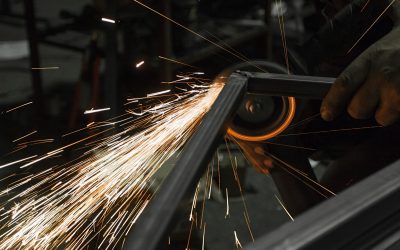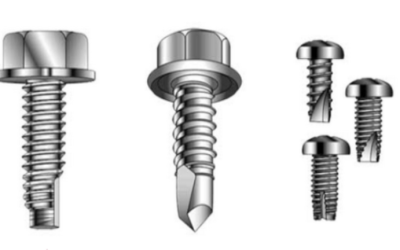Over the last few decades, the advancement in the technology and the precision control required for dental instruments has led to the development of increasingly sensitive types of controls for the equipment. Depending on the specifics of the tool and system in use, dental foot controls offer hands-free on and off control.
These foot controls are generally extremely low maintenance, and with just minimal routine care they can last for years, even in busy dental practices. At some point in time, however, it may be necessary to consider a repair or a replacement of dental foot controls in any office.
Wear and Tear
A big factor in the wear and tear on these types of foot controls is the different amounts of pressure applied by the various professionals using the devices. The foot control is actually a valve that is actuated by pressing on the plate on the top of the control base.
There are springs that are between the top plate and the base of the unit. Any pressure on the top plate depresses the spring, which actuates the valve to allow the air or water to flow. Removing the pressure allows the spring to extend and the valve to shut off, stopping the flow.
When the plate is stepped on very hard, or a foot slips off, this can impact the ability of the spring to correctly compress and expand. Dropping equipment on dental foot controls, tripping over the control or spilling water or other types of liquids on the control can also lead to performance issues. Dust and dirt can also collect under the plate, reducing sensitivity to pressure.
Repair or Replace?
It is possible to replace springs and valve blocks as well as the O-rings that create the seal around the valve. This may be a cost-effective option over a full replacement of the foot control, particularly for newer models.



